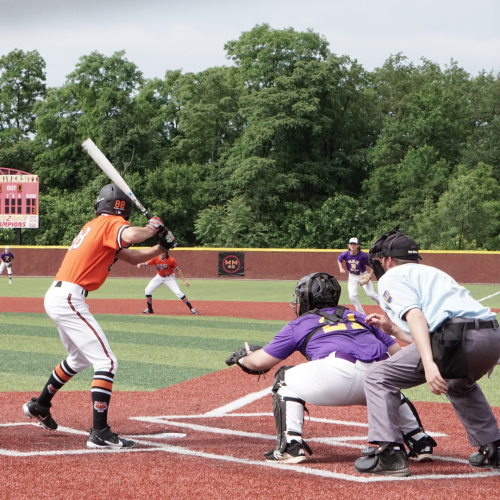The repetitive nature of some sports can cause stress injuries, also known as overuse injuries, that can have a significant impact on an athlete’s performance. These injuries often occur when an athlete is not training correctly or employs improper movement mechanics, leading to pain, swelling, stiffness, or weakness. The most common occurrences of repetitive stress injuries in sports include:
- Stress fractures
- Pitcher’s elbow
- Runner’s knee
- Jumper’s knee
- Achilles tendonitis
Baseball is a sport that demands a lot from its players, especially in terms of repetitive motions. Between running, hitting, and pitching, the repetitive motions really add up. If left untreated, they can cause some severe issues in the body, such as rotator cuff injuries, UCL injuries, knee injuries, and labral tears.

With the help of biomechanical analysis and functional testing, players and coaches can gain a better understanding of overuse injury mechanisms and develop strategies to prevent and manage these injuries. Objective testing technology is used to assess imbalances, weaknesses, and limitations that wouldn’t otherwise be seen with the naked eye so that coaches and clinicians can help reduce injuries and guide treatment plans to help players adjust their routines and make educated decisions about what is going on in their bodies.

Most commonly, a biomechanical analysis is used to evaluate:
- Baseline Measurements
- Asymmetries & Deficits
- Movement Efficiency
- Performance Enhancement
- Training Progression
Being able to provide feedback in real-time to athletes, whether they are in the cage, on the diamond, or in the field, allows them to make adjustments to their mechanics and reduce the risk of developing repetitive stress injuries. With the continued use of biomechanical analysis, we can expect to see fewer players sidelined by overuse injuries and more players reaching their full potential.


